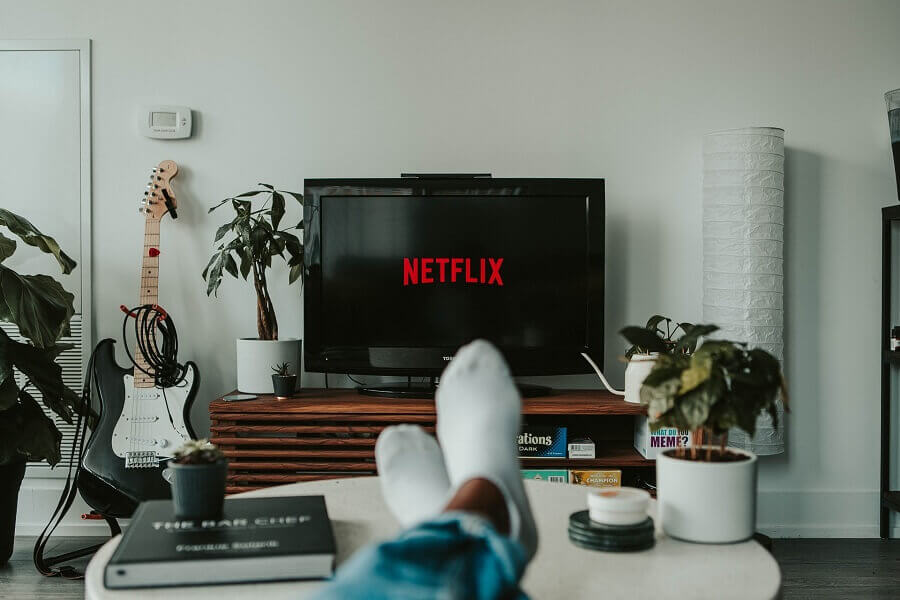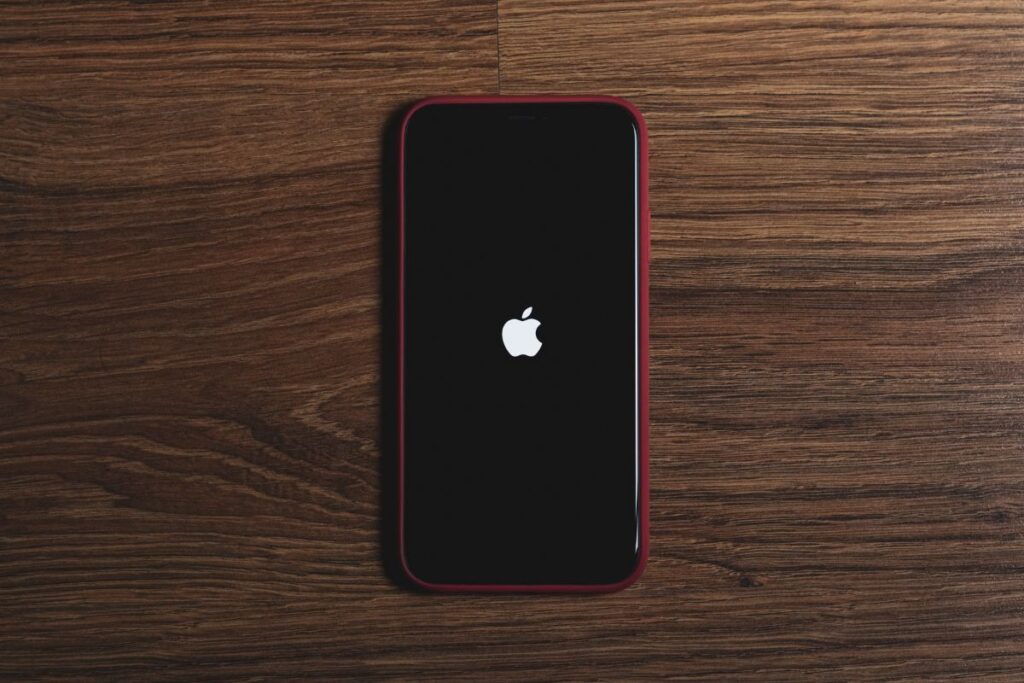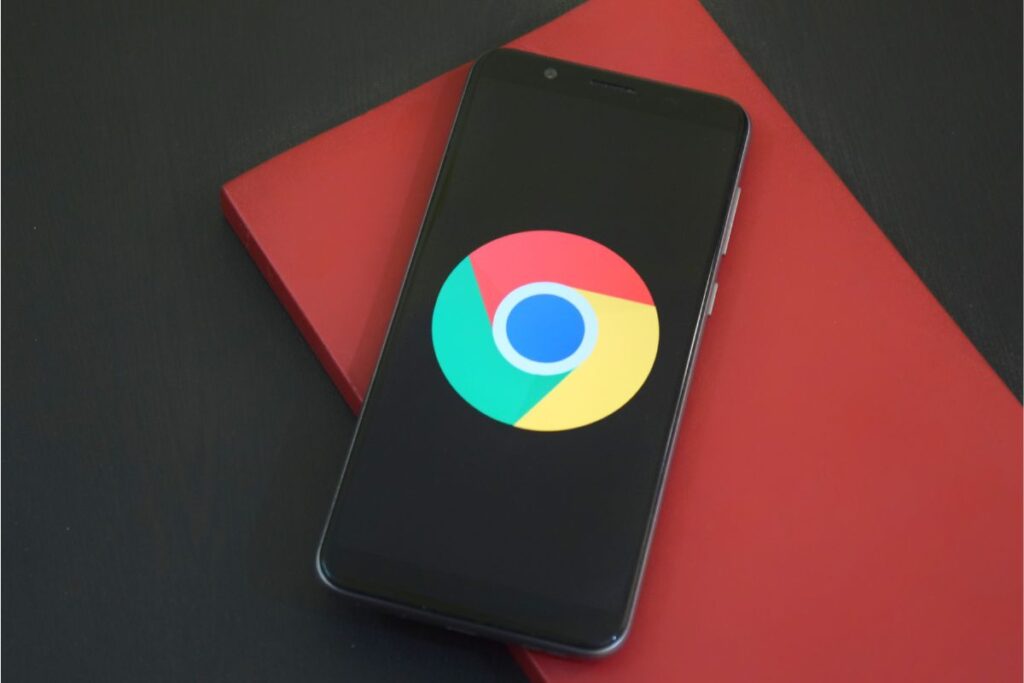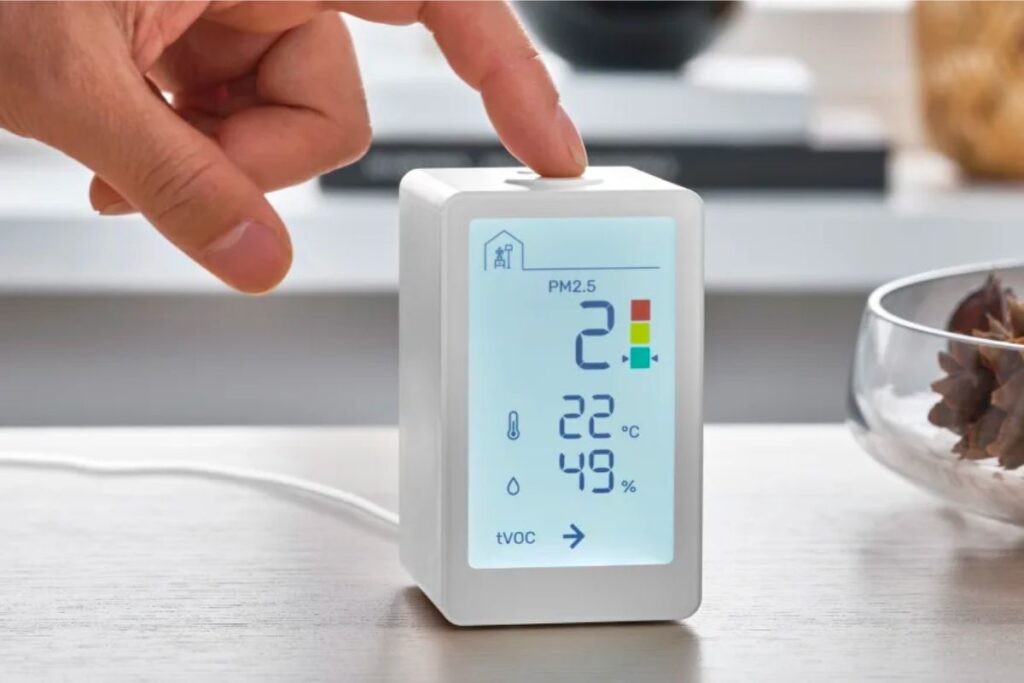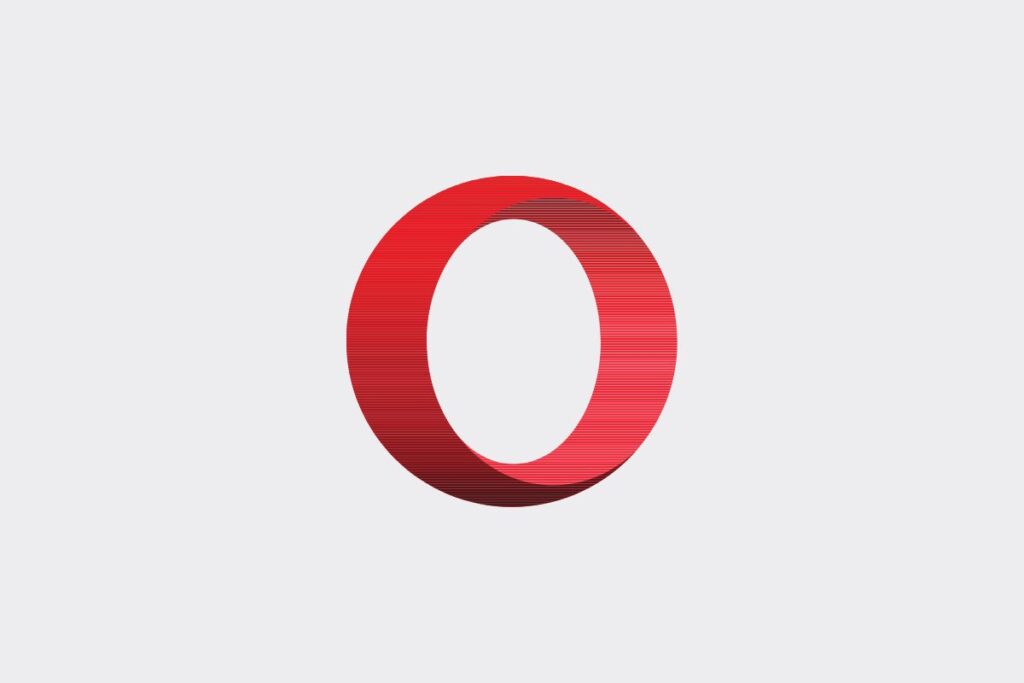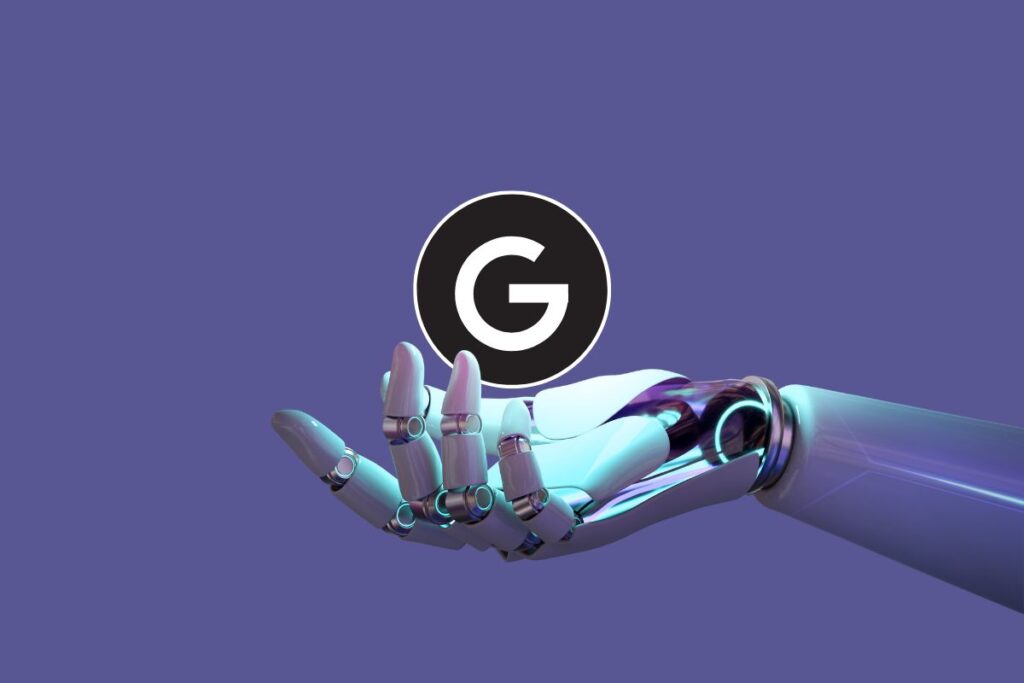As technology moves forward, we see more and more consumer electronics companies creating exciting products for the future. In terms of TV & entertainment, we have seen a lot of improvement over the years. According to Samsung, the 8K TV is the highest resolution TV to date, but what exactly is the 8K resolution on a TV?
8K by definition is 2 times the 4K resolution and 4 times the 1080 HD resolution. It provides a much better quality image than what we’re used to with standard 1080 HD TVs. 8K is a better version of 1080 HD, 2K, or 4K resolution.
Not only are broadcasters using 8K technology, so are new video game consoles such as Xbox Series X and PS5, or TVs that can provide an amazing experience at home.
Before getting into what 8K is, let’s cover what resolution means when referring to TV screens, or screens in general.
The resolution is the total number of pixels (Dots) available on a Display Screen or the total pixels within the Processed picture of a TV/screen. For any given screen size, the more dots we get in the picture, the higher the resolution, including the quality of the image.
- If the display contains 800 Pixels in Horizontal Direction & 600 Pixels in vertical direction, then the resolution of that LCD Panel will be (800 X 600) Pixels = 480,000 Pixels = 480 Pixels. It is usually referred to as width × height, with the units in pixels.
- The resolution is the physical number of columns multiplied by the physical number of rows of pixels creating the display (e.g., 1920 × 1080).
We currently have five screen resolutions: 1080p, 2K, UHD, 4K, 8K.
8K resolution refers to an image or display resolution with a width of approximately 8,000 pixels.
| Resolution | Desccription | Width (px) | Height (px) |
|---|---|---|---|
480i or 480p | Standard Definition (SD) | 640 | 480 |
720p | High Definition (HD) | 1280 | 720 |
1080i or 1080p | High Definition (HD) | 1920 | 1080 |
2160p | Ultra High Definition (UHD) or 4K | 3840 | 2160 |
8K display resolution is the successor to 4K resolution. TV manufacturers pushed to make 4K a new standard by 2017. However, at CES 2019, the first 8K TVs were presented to the public.
8K TVs show a sharper and more detailed picture quality. The pixels are so small they cannot be distinguished even from close up, making highly detailed images a reality.
In recent years, there have been debates on how we consume media and whether or not the human eye can see 8K or at least tell the difference from a different resolution.
Since the human eye does not see in pixels, it’s pretty hard to compare them to a digital display.
However, it depends on your visual acuity, sharpness, and how far you are from the screen. But even under the best conditions, the difference is minimal, if not completely unnoticeable.

Here are some fun facts about 8K Tv:
– The bandwidth requirements to transfer 8K video are high, consumers would need a 90cm antenna rather than a 60cm antenna for satellite broadcast, and 8K video would overload terrestrial networks
– The latest generation video CODEC transfers at 20Mbps—8K requires 80Mbps
– The 8K screen resolution is 7680×3840, which is four times the area of 4K
– 8K screens have more than 1 billion colors, and more colors will show with higher frame rates of 100-120Hz
You may have heard of 8K technology and what it is, but why exactly is this useful in today’s world? Today’s article will answer that question for you.
Here are some answers to questions you might have about 8K resolution.
When was 8K introduced?
The first 8K TV was introduced or unveiled by Sharp in 2012 at CES (Consumer Electronics Show).
However, it is rumored that the first 8K TV was released by Sony in 2008 at the IFA trade show.
Is 8K better than 4K?
8K resolution provides eight times the pixel count of 1080 HD, which is two times that of 720p and one quarter that of a full-resolution uncompressed frame. It also doubles or quadruples the available colors in an image when compared against low resolutions.
It helps introduce more pixels which result in more colors as well. In other words, it makes for sharper visuals by having more pixels for every inch. So yes, 8K is better than 4K.
Can the human eye see 8K?
No, the human eye cannot see 8K. The average person with 20/20 vision can only detect individual pixels at a distance of up to 32 inches or from an image no larger than about 450 megapixels depending on how steady their eyesight is.
The pixel pitch for 8K resolution is currently too close together when compared to others. However, it makes quite a difference in how images are processed when compared to 1080 resolution.
Can the human eye see the difference between 4K and 8K?
Yes, the human eye can see the difference between 8K and lower resolutions. It’s more about what is being shown on the screen than how those images are displayed.
The process of compression makes it so that 1080p will look better when compared to 720p because it has less compression applied to it in order for its size to be reduced.
Is there a resolution higher than 8K?
The tech industry is always moving forward, so there will always be resolution improvements. In 2014, Sony created a separate 16K screen and displayed them at Haneda Airport in Tokyo.
In 2019, the Japanese brand unveiled a 16K 17-feet tall and 63-feet wide TV with the technology they call Crystal LED display system. The TV was first considered for commercial cinemas, but Sony announced the display system will be available for homes eventually.
Will there ever be a 16K resolution?
As of now, there is no 16K TVs/resolution of consumers just yet. But once again, technology is moving forward and the need to improve has only gotten stronger. The 16K resolution or higher should not be ruled out.
Is 8K simply just a gimmick?
No, 8K is not a gimmick because it has its advantages. It provides the clearest picture and can help enhance viewing for audiences in certain situations as well (for example, action movies or sports).
What streaming services support 8K as of now?
By definition, a streaming service is an online provider of entertainment (music, movies, etc.) that delivers the content via an Internet connection to the subscriber’s computer, TV, or mobile device. Netflix, Amazon Prime, Hulu, Spotify, and Apple Music are high-profile examples.
Youtube being a streaming service in its own rights provides 8K resolution. However, the 8K resolution is not available for live streaming. Only for user-generated videos. YouTube currently does not provide any mainstream content in 8K, it is all user-generated.
Some could argue that YouTube is not a legit streaming service. In this case, the answer will be no. No streaming service currently offers 8K, but Amazon Prime and Netflix have both shot some content using the 8K resolution, then released them at 4K.
The good news is the 8K originals exist and could well be streamed at their native quality in the future as long as your bandwidth allows it.
How much is an 8K resolution TV?
You can check the prices or TVs directly on Amazon or down below.
What other device displays 8K resolution?
-In early February 2020, Samsung Electronics announced during their Unpacked event that their Samsung Galaxy S20 can video record in 8K, which uses 600 MB of storage per minute.
-On paper, the PS5 and Xbox Series X are capable of 8K. Both Sony and Microsoft say their newest consoles will eventually support 8K content, including video games. the PS5 and Xbox Series X are both 8K, confirming that they both support this new Ultra HD resolution.
The HDMI 2.1 technology it uses allows for both high-resolution and high frame-rate gaming, better than users experienced on PS4 and PS4 Pro. PS5 marks the beginning of 8K gaming.
It is important to note that both consoles are capable of streaming or processing 8K but there are currently no games in 8K.
In conclusion, all we need to remember is that 8K is a higher resolution than 4K, 2K, or 1080 HD, and that’s it. 4K screens double those numbers to 3,840 by 2,160 and quadruple the number of pixels. 8K doubles the numbers again, to a resolution of 7,680 by 4,320. That’s four times the number of pixels as 4K, which means it’s 16 times that of a 1080p TV. 8K is twice the resolution of 4K.
The 8K resolution is an emerging display technology that has been gaining traction in recent years. While it may not be perfect or affordable for every consumer just yet, 8K technology could soon become a staple of the modern home.
Check out more articles here.
Latest Post
- What do we know about the iPhone 15 so far?
- Google Bringing ChatGPT to Chrome?
- IKEA’s New Smart Air Quality Sensor – VINDSTYRKA
- Opera joins the Artificial Intelligence Race – Opera to add ChatGPT features to its browser
- Google Bard! Google’s answer to ChatGPT fell flat on its face.
- ChatGPT passes MBA Test
